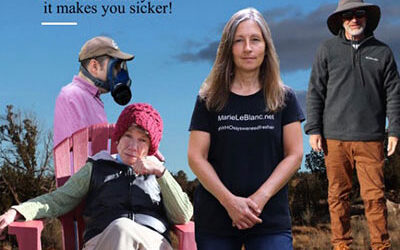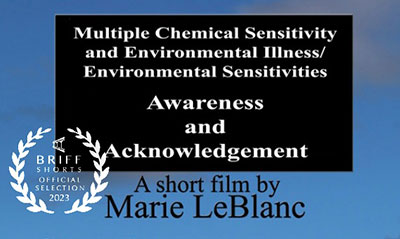A number of municipalities in Sweden have declared low-EMF zones to protect people with electrical hypersensitivity (EHS) and the general citizenry against the harmful effects of cell towers. Swedish laws covering local planning allow for such zones based on public health and the precautionary principle (“plan-och bygglagen” PBL 2:2 and 2:3).
However, cell-phone operators have been able to circumvent such zones, as the local plans are not legally binding, but only a guidance for the local county or municipality. The cell operators have successfully erected transmitters in low-EMF zones by adding them to existing towers, or they simply force the issue through the courts.
A government committee solved the issue by stating that if the municipality first declares a low-EMF zone in the development plan and then enacts a specific ordinance, (“områdesbestämmelse”) then the zone becomes legally airtight.
 The case of Södertälje
The case of Södertälje
The town of Södertälje is a suburb of Stockholm. In 2001 a cell operator asked for permission to erect a cell tower. The local authorities rejected it with the reason that they wanted to declare the area a low-EMF zone. The zone became offical with the 2004 development plan.The cell operator complained to the county authorities, which is a higher jurisdiction in Sweden. As Södertälje recognized their development plan would not be enough to block the determined cell operator, they enacted an ordinance.
The county referred to prior cases in the courts that the cell tower could not be blocked in this case, as the application was processed (i.e. rejected) before the ordinance took effect. Apparently, if the town had delayed processing the application, and waited until the ordinance took effect before rejecting the application, it would have been fine. Thus the cell operator won on a technicality.
This article is written based on the 2009/4 issue of Ljusglimten, a publication of the Swedish EHS organization FEB (www.feb.se). Case law and government regulations may be different in other countries.









This is totally unfair. They always manage to get their way in spite of very advanced health-procection laws!